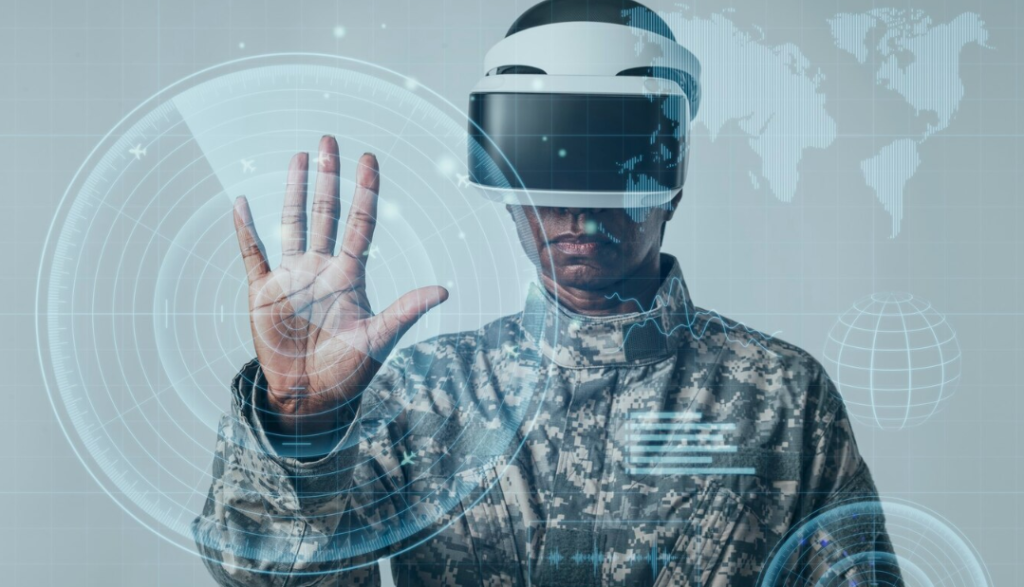In recent years, technology has transformed nearly every aspect of our lives — and education is no exception. From digital classrooms to AI-powered learning assistants, the integration of tech into education is redefining how, when, and where people learn. This evolution not only enhances access to information but also reshapes the roles of teachers and students alike.
1. Learning Without Borders
One of the most profound impacts of technology on education is its ability to remove geographical barriers. Online platforms such as Coursera, edX, and Khan Academy allow students to access high-quality courses from institutions around the world — often for free. Whether you’re in a rural village or a bustling city, learning opportunities are just a click away.
2. Personalized Education
Artificial intelligence (AI) and machine learning are making education more personalized than ever. Intelligent systems can analyze a student’s progress and adapt lessons to match their learning style and pace. Platforms like Duolingo and Smart Sparrow use adaptive learning to keep students engaged and challenged appropriately.
3. Interactive and Engaging Content
Gone are the days of dusty textbooks and chalkboards. Now, students can explore 3D models in virtual reality (VR), simulate science experiments in augmented reality (AR), or watch educational videos that bring complex topics to life. These immersive tools make learning more engaging and effective, especially for visual and kinesthetic learners.
4. The Role of Teachers Is Evolving
Teachers are no longer just transmitters of knowledge. Instead, they act as facilitators, mentors, and guides in a tech-enabled learning environment. With access to analytics, educators can better understand each student’s progress and offer more targeted support. Technology also frees teachers from administrative tasks, allowing them to focus on meaningful instruction.
5. Education for All
Perhaps the most powerful promise of educational technology is inclusivity. Tools like screen readers, voice-to-text software, and customizable interfaces help students with disabilities participate fully in the classroom. In addition, low-cost mobile solutions bring education to communities that previously lacked resources.
6. Challenges to Overcome
Despite its benefits, tech-based education isn’t without challenges. The digital divide remains a significant barrier — not every student has reliable internet or access to devices. There’s also a growing concern about data privacy and the overuse of screen time. Educators and policymakers must address these issues to ensure tech is used responsibly and fairly.
Conclusion
Technology is not just a supplement to traditional education — it’s a transformative force. By making learning more accessible, personalized, and engaging, it opens doors to a future where education is truly universal. As we continue to innovate, the goal should remain clear: to use technology not just to teach, but to empower.


